ORLAND — Folks at the Honeybee Discovery Center are abuzz with excitement about a new exhibit, Bee-natomy 101, opening on Friday.
Bee-natomy 101 demonstrates how every part of a bee’s body is designed with precision to perform specific tasks that are crucial for their survival and the survival of their colony,” said Carolina Burreson, CEO and board member of the Honeybee Discovery Center, “This exhibit offers so much learning for all ages.”
Since June, center founders and staff have been busy bees organizing and mounting this new show that provides science-based displays and interactive exhibits on the anatomy of honeybees revealing their role in the ecosystem, showcasing their complex behaviors and the essential contributions they make to nature.
One of the hands-on exhibit stations includes “bee-noculars,” a special pair of binoculars that allow visitors to see colors including ultraviolet light the same way honeybees do.
Two exhibit stations highlight how honeybees communicate.
Honeybees use pheromones, chemical scents, to communicate many things including danger or that all is well in the hive. At the pheromone station in the exhibit visitors will have a chance to test their sense of smell by sniffing cups of essential oils and matching the scents to identifying photos.
Honeybees also do what’s called the “waggle dance” to communicate the location, distance, direction, and quality of a nectar-rich flower patch to fellow honeybees. Visitors will have the chance to do their own “waggle dance” following the dance pattern painted on the floor.
The exhibit features models of honeybee heads and hind legs with pollen baskets. There is also a display of a honeybee dissection.
“The exhibit also includes art depicting the correct anatomy of the honeybee head, thorax and abdomen,” said Burreson. “We’ve also obtained vintage anatomy posters from the 1890s from the Czech Republic.”
A microscope with macro vision will also be available for visitors to get a really close look at the anatomy of honeybees. The complex social behaviors of bees and the division of labor within a hive among the workers, drones and the queen rely heavily on the specialized anatomy of each type of bee. This specialization allows the hive to function as a highly efficient and organized unit, capable of producing honey, raising new generations, and surviving in various environmental conditions.
“Everybody knows how important honeybees are,” said Burreson. “Through the microscope they can get a closer look at and appreciation for how their body parts allow them to fulfill the roles they have inside the colony. Looking at them through the microscope, seeing them from a different perspective in fascinating and awe inspiring.”
The prototypes for artist Jake Midgley’s honeybee sculptures installed in June along Interstate 5 in Orland are included in the exhibit as well.
A sculpture of a giant bee on a honeycomb structure stands near northbound Interstate 5 in Orland, California on Tuesday, June 18, 2024. (Jake Hutchison/Enterprise-Record)
Other hands-on activities for kids include puzzles, models of the honeybee life cycle and specimens of honeybees that may be viewed through magnifying glasses. There are also honeybee and bee keeper costumes to try on.
It takes about 15 to 30 minutes to tour the exhibit, but Burreson cautions parents that “kids get fascinated so you could spend a lot more time” in the center.
Related Articles
Two playful exhibits ‘come alive’ at Museum of Northern California Art
Bee-natomy 101 is open from 3 to 9 p.m. Friday and 11 a.m. to 2 p.m. on Saturday. Admission for adults is $3 and free for kids 12 and under opening weekend. The first 50 visitors will receive a free Honeybee Discovery Center pin and all opening weekend visitors will be treated to a free scoop of Schubert’s honey ice cream.
The Honeybee Center is located at 501 Walker St. in Orland. The Bee-natomy 101 exhibit will be on display through June 2025 and open to the public, along with the center’s gift shops, the first Friday and Saturday of every month from 3 p.m. to 9 p.m. on Fridays and 11 a.m. to 2 p.m. on Saturdays. Admission is $3 for adults, $2 for kids 6 to 12 and free for children under 5.
For more information about the Honeybee Discovery Center programs, tours and exhibits visit https://www.honeybeediscoverycenter.org.


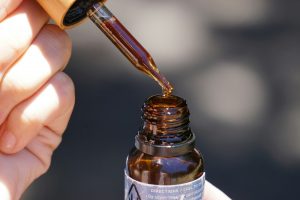

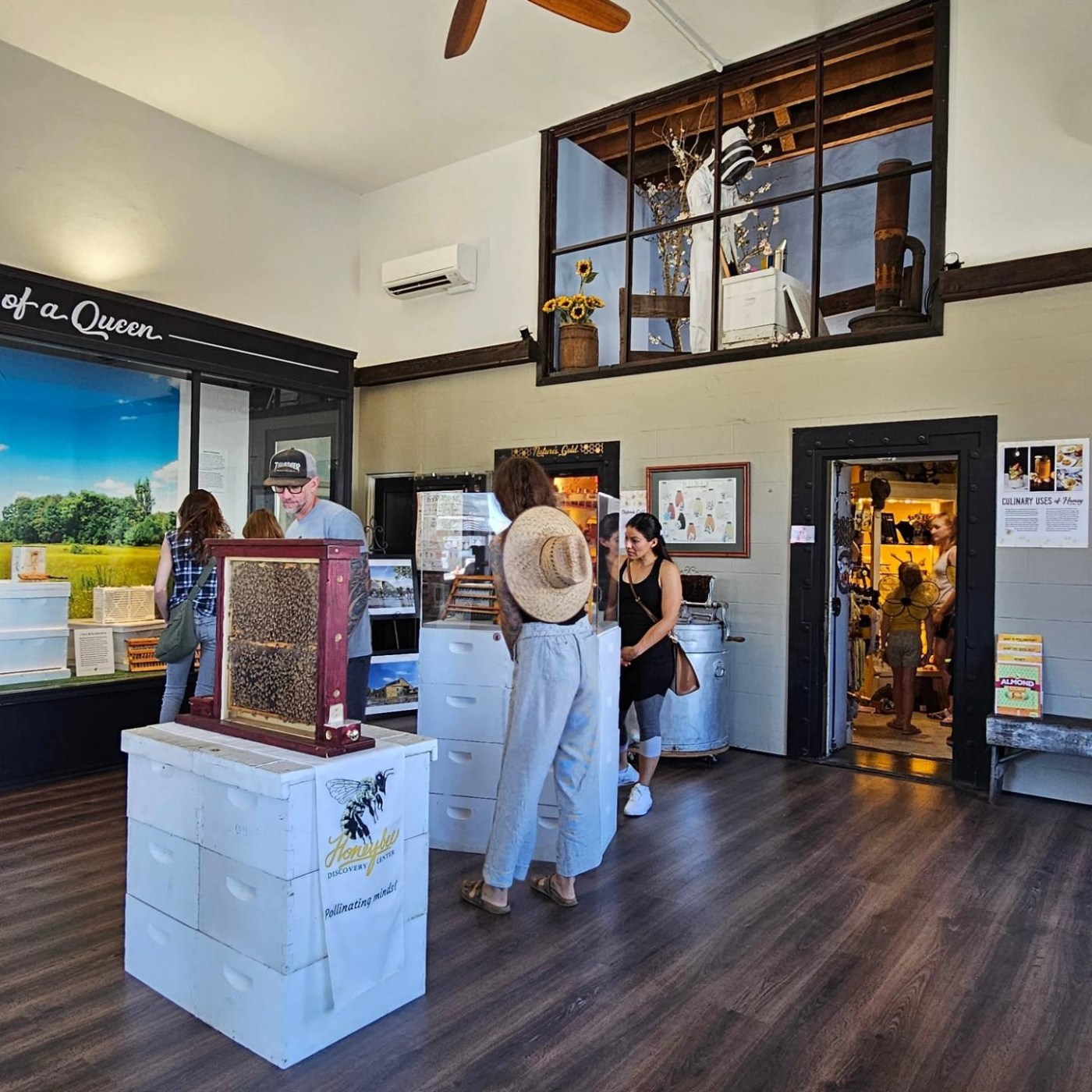
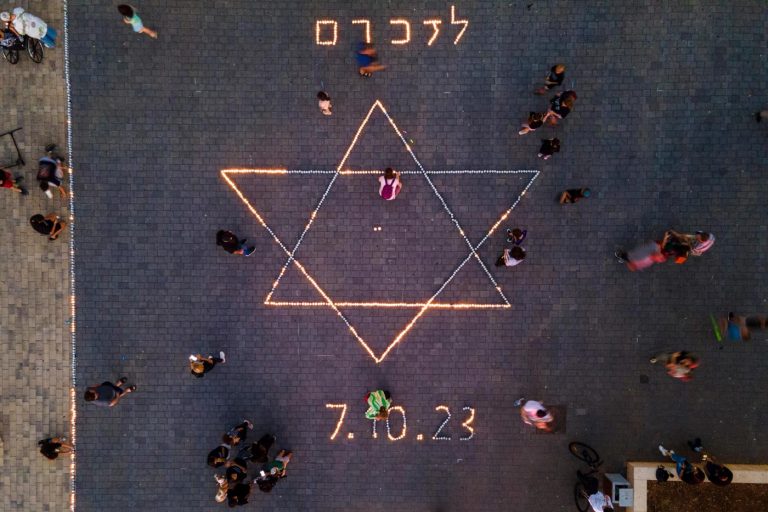
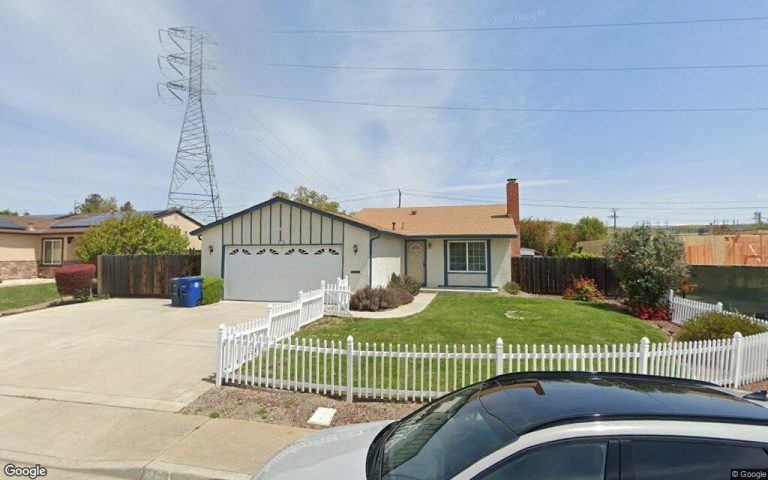
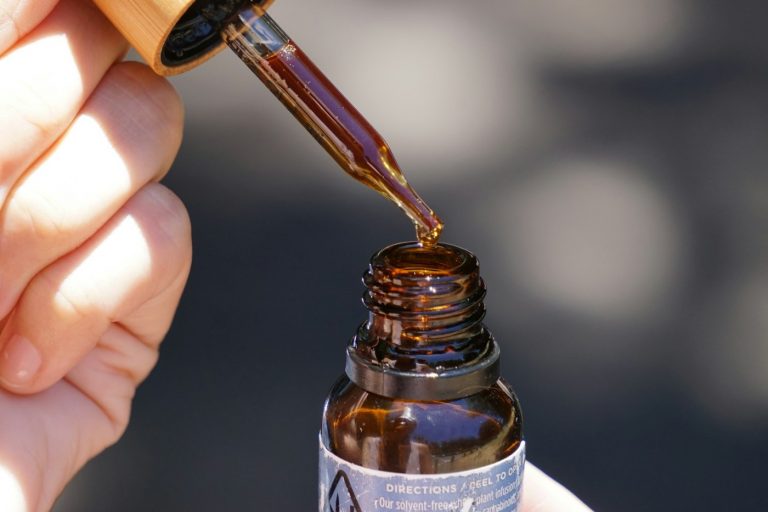




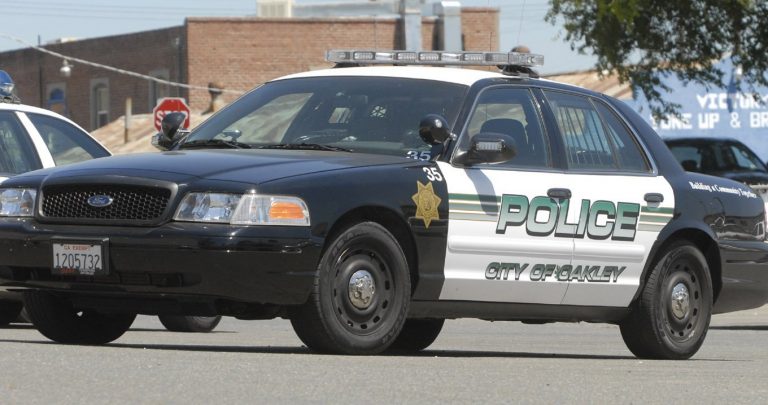
+ There are no comments
Add yours